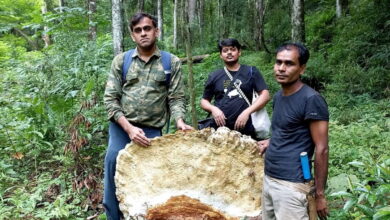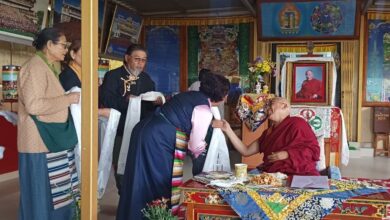Exploring the depths of Khasi-Welsh ties through art
Renowned Welsh fabric artist Cefyn Burgess depicts Khasi Hills & the way of life here through his creations
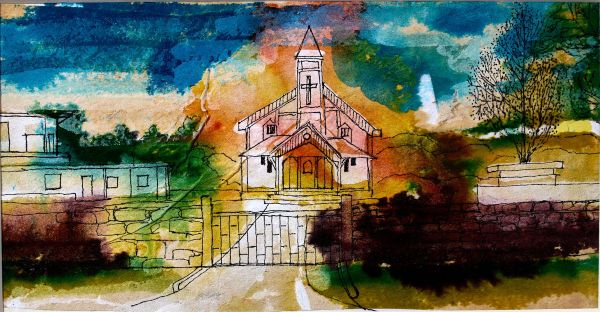
The Welsh have deep footprints in the Khasi Hills. The relationship dates back to the mid-19th century, when Thomas Jones, a Welsh missionary, arrived in the Khasi Hills. He would go on to become the father of the Khasi language and the most revered figure in this part of northeastern India.
The ties continue to get stronger with Meghalaya encouraging cross-cultural programmes. One Welsh artist, who is part of a Meghalaya-Welsh project, is telling tales about the Khasi Hills through his fabric art.
Cefyn Burgess, a renowned textiles artist, has had two exhibitions, focusing on the different aspects of the Khasi Hills. “The first exhibition, Behind the Box, looks at the shadows and footprints of the Welsh in Sohra and Shillong. The second exhibition of work was more about the people, the images and stories of life in the hills expressed in letters (to) home between two Welsh nurses (at Roberts Hospital in Shillong) in the 1940; and images by hand, sketches such as postcards of my visit and what I saw,” the artist told Sunday Monitor during a WhatsApp communication.
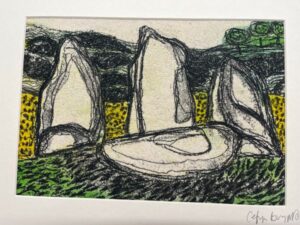
The Assam-type houses in Shillong, the black-and-yellow taxis on the city roads, the hills dotted with houses and the rural landscape defining the Khasi Hills are all part of Burgess’s art collection.
His paintings and designs included handmade objects for everyday use, such as arrows, beetle nut baskets, combs etc., which vividly described the Khasi way of life. His new exhibition is about the monoliths and the Khasi culture.
Burgess’s introduction to the North East was in his childhood when there would be fundraisers at the Sunday school at Bethesda, where he grew up. There would be boxes to collect money. Later, he travelled to the Khasi and Jaintia Hills and Mizoram to understand the culture and tradition of the tribes. His exhibitions were aptly named as ‘Behind the Box’.
Talking about the Khasi culture, Burgess, who has visited India about 30 times, said he found the Khasis as unique and different from the rest of India in terms of their language, culture, dress and music.
“Coming from the culture and language of Thomas Jones, I can hopefully understand deeper the effect and
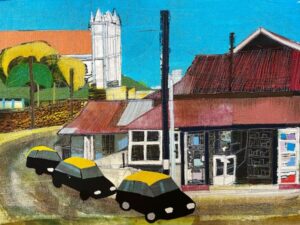
influence the Welsh had and listen more to the Khasi voice in interpretations of what I found, drew and experienced,” said Burgess.
“I think I understand the depth of the connection better through looking and reading to hidden voices in the letters and in being with the Khasi people without an agenda or a presided opinion,” he added.
Beyond his canvas of fabric to depict the unique culture, Burgess also helped in strengthening music ties between Meghalaya and Wales.
Renowned harpist Mair Jones, who died in 2021, was a dear friend of Burgess. Her harp is kept at Martin Luther Christian University in Shillong. Burgess also took two harps to Shillong, which “The Khasi Cymru music group use and perform in their fusion of culture programmes”.
“The future aim of the Mair Jones Harp scholarship was and is to develop the cultural exchange and dialogue between the two peoples, not forgetting the Jaintia and the Mizos who share the story and connection and build new experiences to share our joint history. After 180 years, rightly or wrongly, we are surely cousins through history. I am sure new generations will be able to explore our story through cultural exchange and art and music projects,” the artist said.
According to Burgess, the connection between the two cultures runs deeper than what has been explained through the historical use of the word ‘mission’.
“I’m still thinking through the depth of feelings that I have for the Khasi people and my trips,” he said.
~ Sunday Monitor


